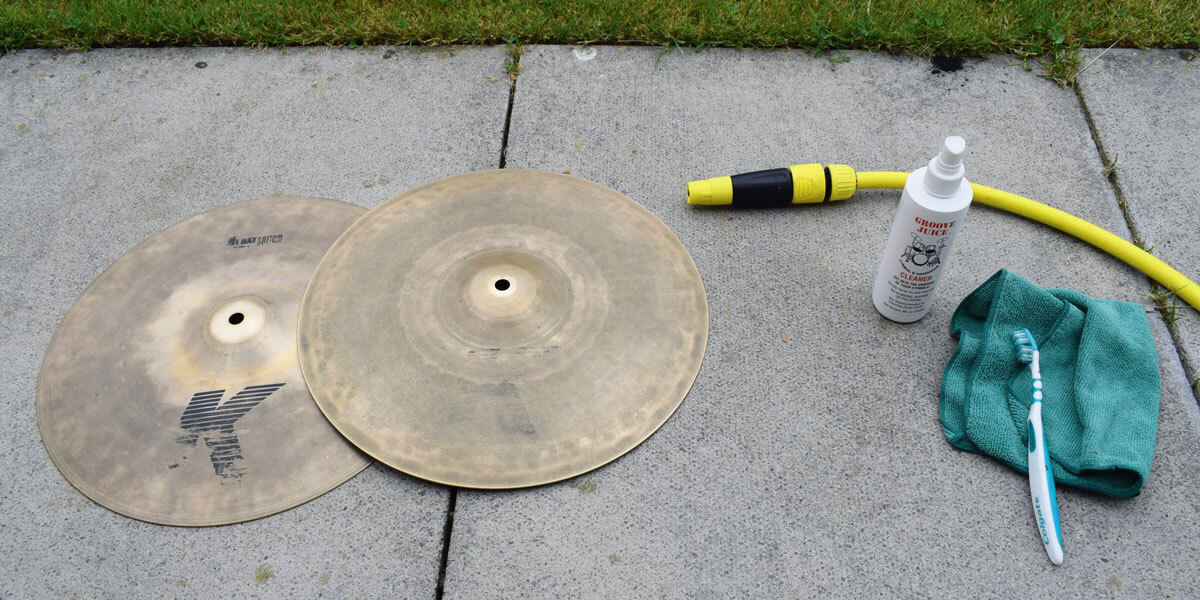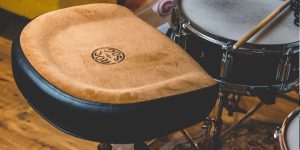Cymbal cleaning techniques play a critical role in maintaining the appearance, durability, and sound quality of your drum cymbals. Proper care and maintenance are essential to ensure that your cymbals not only look their best but also deliver their optimal sonic performance.
In this article, I will explore the importance of using the right cleaning methods and share effective techniques on how to clean a cymbal. By following my guidelines, you can extend the lifespan of your cymbals and enjoy their pristine sound for years to come.
The importance of cymbal care
Based on my experience, I can assure you that caring for your cymbals is of utmost importance for several reasons, including preserving their sound quality, preventing damage, and prolonging their lifespan. Regular cleaning not only removes dirt, grime, and tarnish but also restores the shine and brilliance of your cymbals.
Over time, cymbals accumulate dirt and oxidation, which can negatively affect their sound projection and resonance. Dirt and debris interfere with the vibration of the cymbal, resulting in a dull and muted sound. Additionally, oxidation creates a layer of tarnish that hampers the cymbal’s ability to produce clear and crisp tones.
Moreover, neglecting cymbal care can lead to physical damage. Dust, dirt, and grime can act as abrasive agents, causing scratches and cracks on the cymbal’s surface. Over time, these damages can compromise the structural integrity of the cymbal, resulting in reduced durability and even potential breakage.
Different cleaning methods
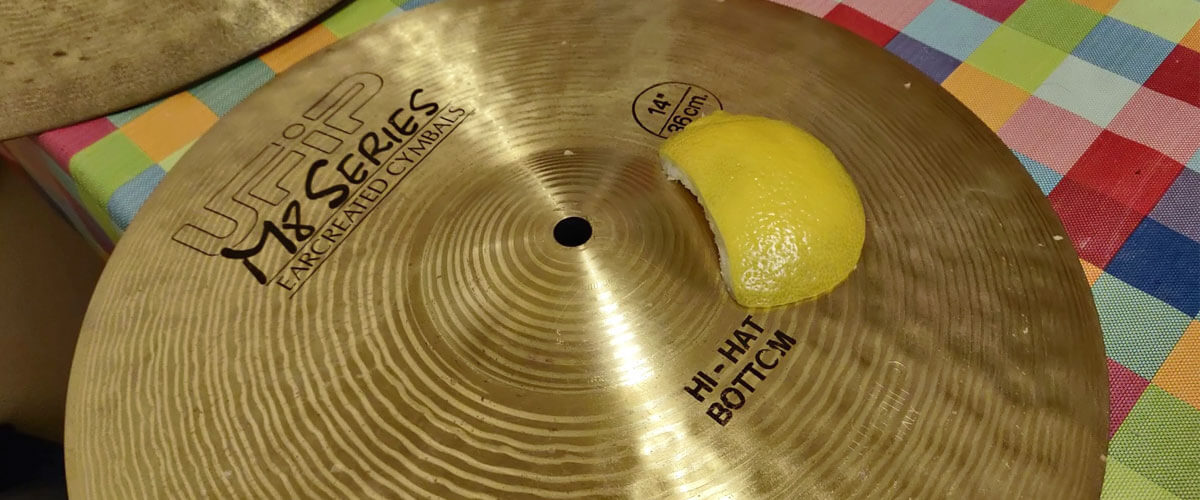
Basic cleaning
Basic cleaning is a simple and cost-effective method that can be regularly employed to maintain the cleanliness and appearance of your cymbals. It is suitable for general maintenance and light cleaning.
Process:
- Mix mild dish soap or specialized cymbal cleaning solution with warm water in a basin.
- Dip a soft cloth or sponge into the solution.
- Gently wipe the cymbal’s surface, removing dirt, grime, and tarnish.
- Rinse the cymbal thoroughly with clean water.
- Pat dry with a soft towel.
Necessary ingredients:
- Mild dish soap or cymbal cleaning solution.
- Warm water.
Frequency: It is recommended to clean your cymbals after every session or performance.
When to use: Basic cleaning is suitable for regular maintenance and light cleaning of your cymbals.
Cymbal cleaners
Cymbal cleaners are specialized cleaning products designed specifically for cymbals. They can effectively remove stubborn stains and heavy tarnish as well as restore the shine of your cymbals.
Process:
- Apply the cymbal cleaner (available in spray or liquid form) to the cymbal’s surface.
- Allow the cleaner to sit for a short period, following the manufacturer’s instructions.
- Gently wipe off the cleaner using a soft cloth.
Necessary ingredients: Specialized cymbal cleaner.
Frequency: Cymbal cleaners should be used as needed for stubborn stains and heavy tarnish. Avoid excessive use to prevent damage to the cymbal’s protective coating.
When to use: Cymbal cleaners are suitable for deep cleaning and restoring heavily soiled cymbals that cannot be effectively cleaned with basic methods.
Alternative methods
Alternative methods offer unusual approaches to cymbal cleaning, catering to individual preferences and needs. Here are a few examples:
Lemon juice or vinegar:
Process:
- Mix lemon juice or vinegar with water.
- Apply the solution to the cymbal’s surface.
- Gently wipe off stains and tarnish.
Necessary ingredients: Lemon juice or vinegar, water.
Frequency: Use as needed.
When to use: This method is suitable for removing stains and tarnishes, but caution should be exercised as prolonged exposure to acidic substances may damage the cymbal’s finish.
Cymbal polishing compounds:
Process:
- Apply a small amount of polishing compound to the cymbal’s surface.
- Gently rub it using a soft cloth.
- Wipe off residue to polish the cymbal.
Necessary ingredients: Cymbal polishing compound.
Frequency: Use as needed for stubborn stains.
When to use: This method is effective for deep cleaning and restoring shine.
Abrasive methods
Abrasive methods should be cautiously approached as they pose a significant risk to the cymbal’s integrity. They should only be used in severe cases and as a last resort.
- Process: Abrasive methods involve physically rubbing the cymbal’s surface with sandpaper, metal cleaners, or other abrasive materials to remove dirt, stains, or oxidation.
- Necessary ingredients: Sandpaper, metal cleaners, or other abrasive materials.
- Frequency: Use this method sparingly and only in severe cases when other cleaning methods have failed.
- When to use: Abrasive methods are suitable for heavily soiled cymbals or when other cleaning methods have proven ineffective.
Polishing techniques for enhanced brilliance
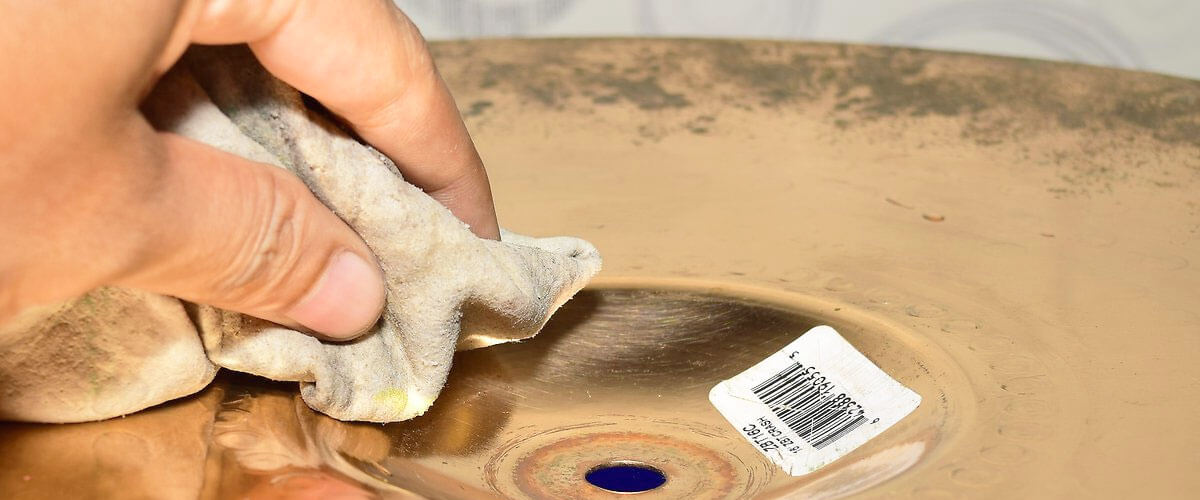
Polishing is an important step in cymbal care that aims to provide a natural shine, reduce the appearance of scratches, and create a protective barrier against future tarnishing. This separate step enhances the overall appearance of the cymbals and preserves their brilliance.
Polishing options include cymbal polishes or metal protection products specifically designed for cymbals. These products contain ingredients that help restore and maintain the shine of the cymbal’s surface.
To apply a cymbal polish:
- Ensure the drum cymbal is clean and dry.
- Apply a small amount of the polish onto a soft cloth.
- Gently rub the polish onto the cymbal’s surface in a circular motion.
- Continue polishing until the desired shine is achieved.
- Buff the cymbal with a clean, dry cloth to remove any excess polish residue.
- Metal protection products can also be used to create a protective barrier on the cymbal’s surface, preventing tarnishing and preserving its shine for longer periods.
Comparing cleaning and polishing
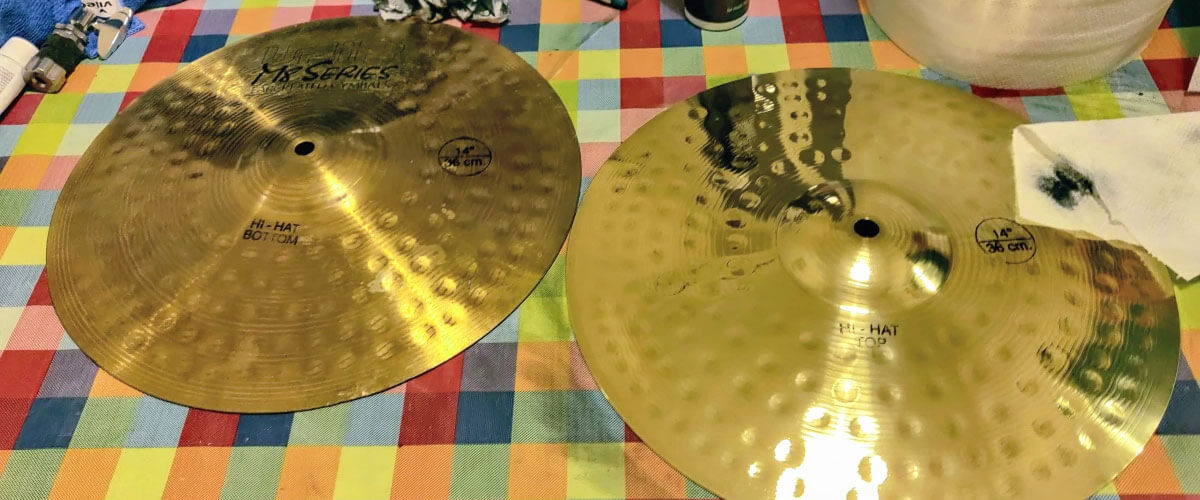
Cleaning and polishing are two essential steps in cymbal care, each serving different purposes. Cleaning focuses on removing dirt, grime, stains, and oxidation to restore the cymbal’s original appearance and sound quality.
Polishing, on the other hand, enhances the shine, smoothness, and overall visual appeal of the cymbals. It also provides a protective barrier against fingerprints and environmental factors.
Both methods complement each other and should be used together for optimal cymbal care. Cleaning ensures the removal of contaminants, while polishing enhances the cymbal’s brilliance and protects its surface. By incorporating both cleaning and polishing into your maintenance routine, you can maintain the appearance, sound quality, and longevity of your cymbals.
FAQ
Will cleaning my cymbals affect their sound quality?
No, proper cleaning techniques will not affect the sound quality. In fact, cleaning can enhance the sound by removing dirt and allowing the cymbals to vibrate freely.
Is it necessary to polish my cymbals after cleaning them?
Polishing is not necessary but can enhance the cymbals’ appearance and provide extra protection against tarnishing and fingerprints.
Can cleaning and polishing my cymbals affect their warranty?
The impact on warranties varies. It’s important to follow the manufacturer’s guidelines to avoid voiding the warranty or causing unintended damage. Consult the specific warranty information provided by the cymbal manufacturer.

